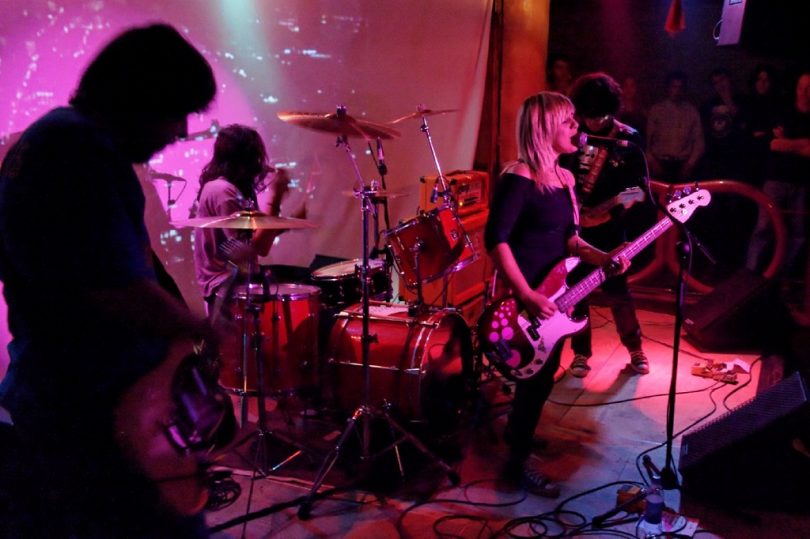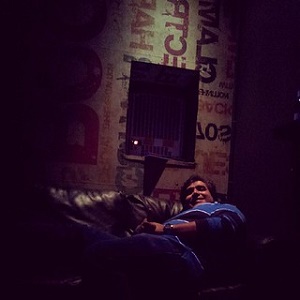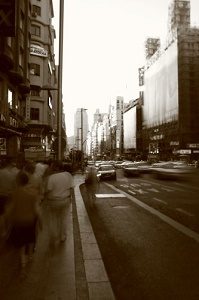La Movida madrileña was a socio-cultural movement that started in the 70s. It was part of Madrid’s new identity. The outburst of counterculture, demands and creativity could be seen in a series of different art work, and sometimes they were true underground cult works. It was the start of an extremely transgressive movement, that spread through the streets of some of Madrid’s neighbourhoods.
The newly established democracy had a big impact on the capital, and freedom led to art. Today, this article by ShMadrid will tell you more about Madrid’s neighbourhoods that represent La Movida madrileña best.
Related article: Curiosities of the Spanish Capital
Discover typical Movida places in Madrid
They say that on 9 February 1980, the La Movida movement started in the assembly hall of the Escuela de Caminos de la Universidad Politécnica de Madrid. The occasion was a concert in honour of the first drummer who had played in the rock band Los Secretos, who had been killed in a car accident. Alaska, Trastos, Los Solitarios and Nacha Pop performed at the concert.
La Calle del Pez is one of the most characteristic streets in the Malasaña neighbourhood, and this is the place where it all began. Even today there is still some graffiti from that time, and you can observe it when walking through the streets.
When you reach the end of the street, you will see Palentino, one of Madrid’s La Movida reference points, and even today this bar remains a witness of the countercultural movement in this part of the city.
Its vintage interior and low prices always attract a lot of people, and you get the feeling that time has not really caught up with Palentino, is if you could still run into Alaska or one of the band members of Nacha Pop here.
El Pentagrama opened in 1979 and it is located at La Palma, 4. Regulars also call this place El Penta. Thanks to the combination of a traditional bar with a disco, this is a true La Movida madrileña bar, where artists and singers meet regularly to chat about work and to have a little fun.
Related article: The Districts of Madrid
The name of the bar is actually mentioned in one of the most famous songs from the pop group Nacha Pop, and it is called Chica de Ayer. For this reason they have an ‘altar’ dedicated to bandleader Antonio Vega, and a mural, painted by his ex-wife Teresa. El Penta is the first place that hires professional DJs, and their performances consist of London’s and New York’s best new music.
Another unique place is Rock Ola, located at Calle Padre Xifré, 1. The place was also used as a gallery for pictorial and photographic exhibitions, catwalks for fashion shows, theatre and films. Various urban groups chose this place as their venue for meetings, and although it closed in 1985 due to a tragic event, Rock Ola’s legend is still very much alive today.
To end this article, we would also like to share Calle Jardines with you. This is where you will encounter another reference point of La Movida madrileña. It is called Sala El Sol, and many groups, like for example Alaska y los Pegamoides, La Unión and Radio Futura, played their first chords here. Sala El sol has organized over seven thousand concerts with national and international stars throughout its existence, and you can still enjoy concerts at Sala El Sol on Fridays.
*Main photo by andor via Visualhunt
What other places, streets or neighbourhoods represent La Movida madrileña?








